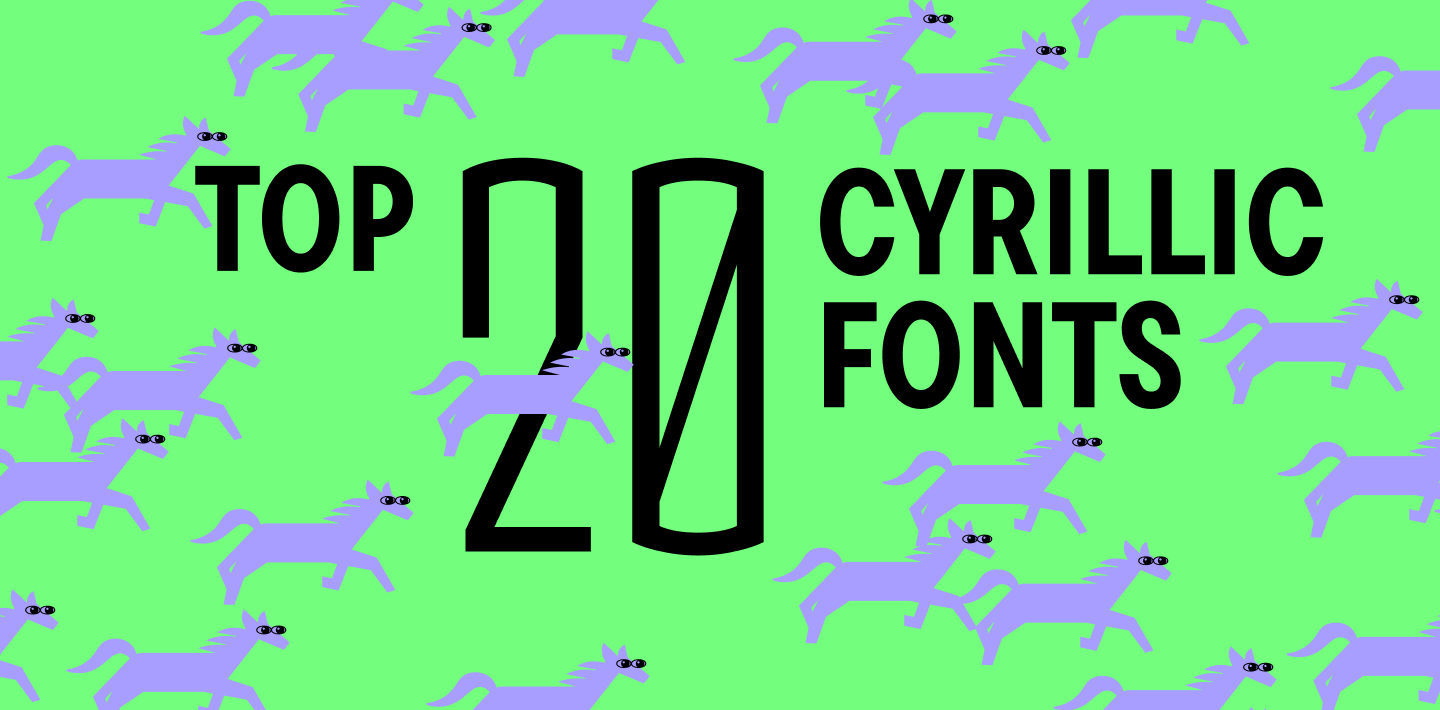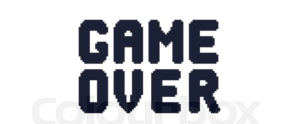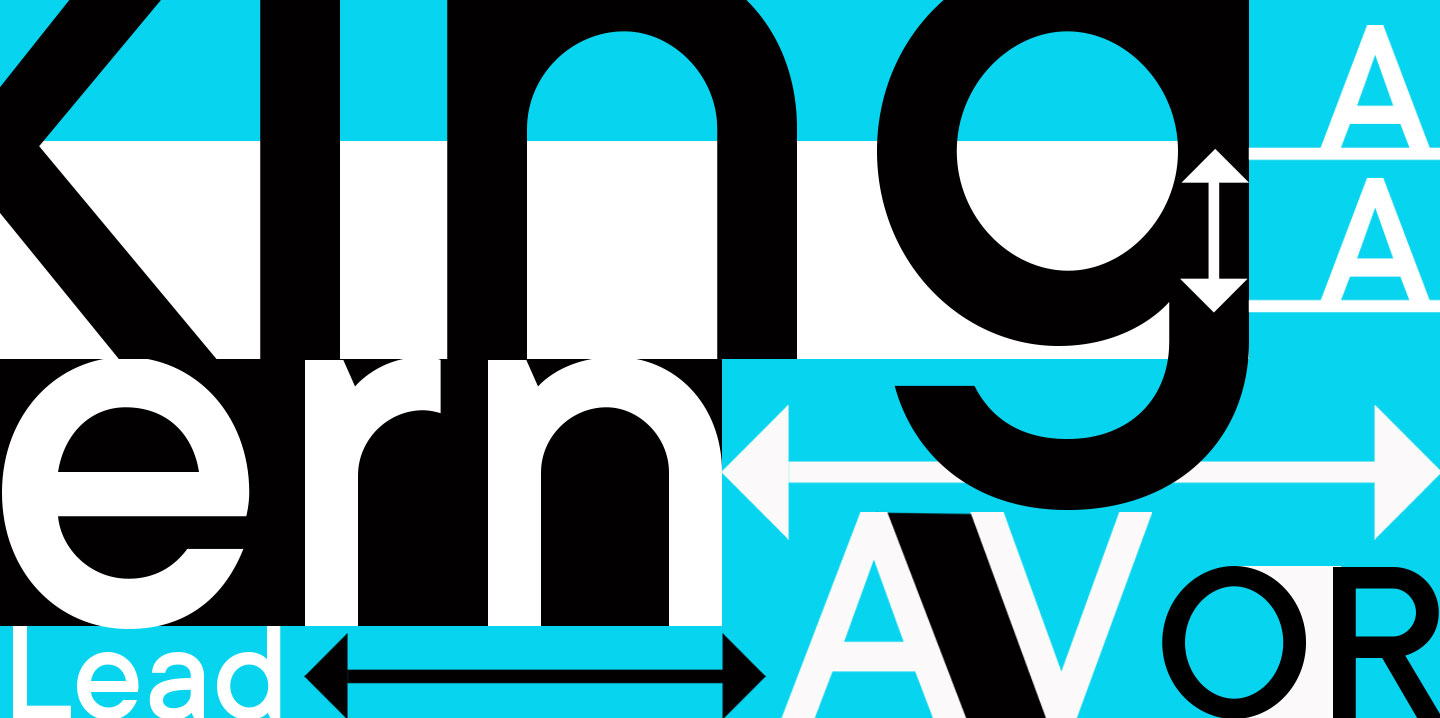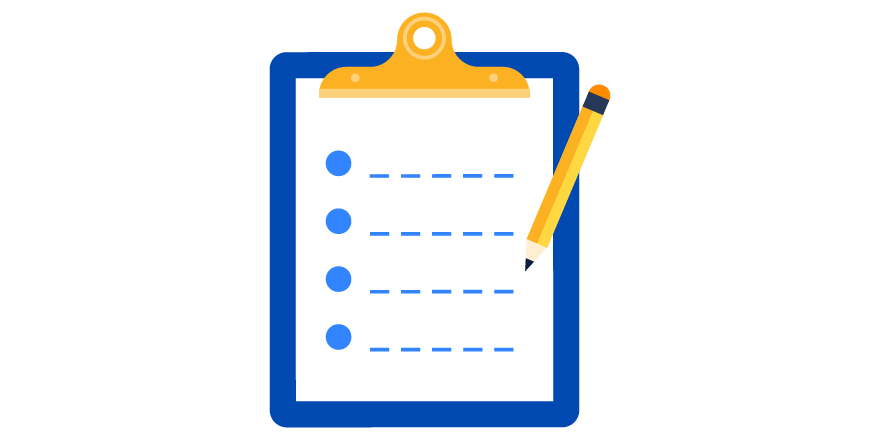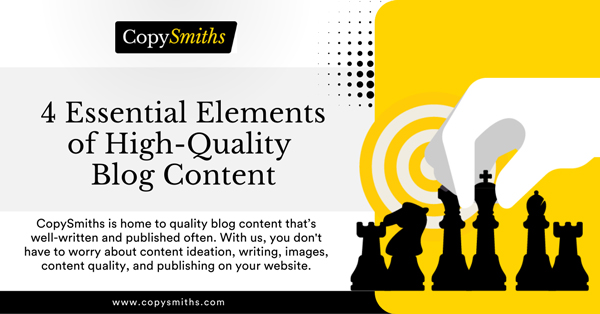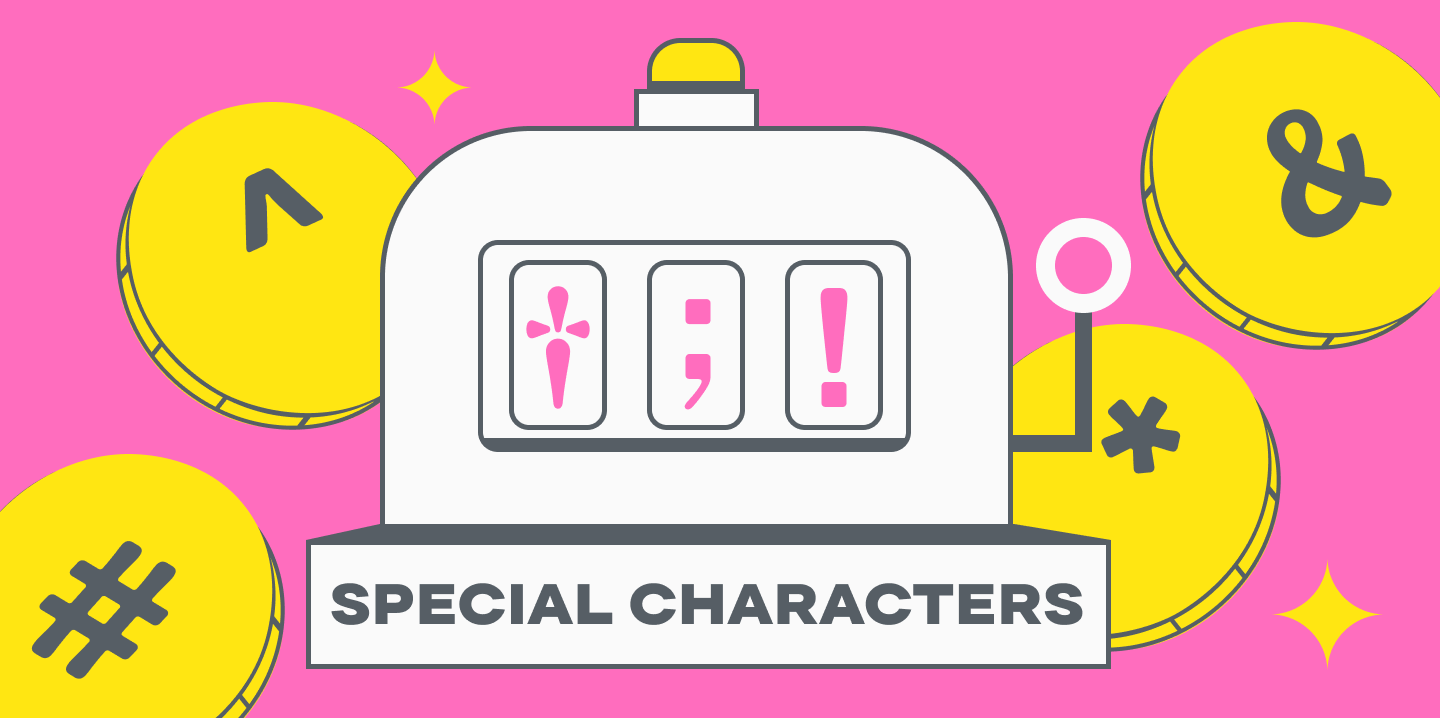
Particular characters and punctuation marks are current in nearly all fonts. These font symbols play an vital function within the notion and readability of textual content, in addition to serving auxiliary (and typically ornamental) capabilities. For instance, these symbols assist manage and construction textual content, add extra meanings, and convey feelings.
On this article, we’ll study the most well-liked and attention-grabbing symbols and characters.
Punctuation Marks
Punctuation marks are symbols that carry out auxiliary capabilities in textual content. Specifically, they’re used to construction and divide textual content into significant segments, assist set the tone, place emphasis, or specific feelings. Among the many most well-known punctuation marks are:
Interval (.) is the best punctuation mark, which types the premise of many different symbols. It’s used to finish sentences or abbreviate phrases.

Comma (,) is used to separate and spotlight elements of a sentence.

Ellipsis (…) is not only three durations, however an unbiased typographical mark. It’s used to specific implications, incompleteness, interrupted speech, to point a pause, or to omit a fraction of textual content.

Exclamation mark (!) is used to specific sturdy feelings, shock, admiration, pleasure, and so forth.

Query mark (?) serves to indicate a query. It may be used as a part of an ellipsis (?…) or together with an exclamation mark (?!).

Colon (:) serves to point causal, explanatory, and semantic connections between elements of a sentence.

Semicolon (;) is a separating punctuation mark that divides elements inside a sentence.

Sprint (—) is used as compensation for omitted phrases or meanings not expressed lexically. It’s typically confused with a hyphen (-), which isn’t a punctuation mark as a result of it’s used inside phrases.

Citation marks (“” or «») is a paired punctuation mark used to spotlight quotes, direct speech, names, and phrases used figuratively.

Diacritical Symbols
Diacritical marks are particular symbols used to change or make clear the pronunciation of different characters. They are often superscript, subscript, or inline.
Examples of diacritical symbols:
Acute accent (´) signifies logical or intonational stress.

Grave accent (`) is utilized in varied languages as an intonational stress.

Circumflex (^) is utilized in a number of languages to vary intonation in syllables and pronunciation of vowels.

Tilde (~) impacts the pronunciation of sure sounds and can be utilized in dictionaries to indicate (substitute) a phrase or a part of a phrase when repeated.

Daggers (Crosses)
A dagger, or typographical cross (†), is usually additionally known as a „obelisk“ or „obelus“. This can be a typographical mark that has been utilized in completely different international locations and completely different durations of historical past to point the date of demise, a questionable assertion, a footnote, and different meanings.

Asterisk and Obelisk (Ba-Dum-Tss!)
Asterisk (*) is a punctuation particular character that could be a small five- or six-pointed star-shaped image. Used to indicate footnotes and notes.
Obelisk (†) is similar because the dagger (see above).

Curiously, when positioned beside years, the dagger was used to mark the date of demise whereas the asterisk marked the date of delivery.
The obelisk was additionally used as a second footnote after the asterisk.
Ampersand
Ampersand (&) is an emblem (ligature) that’s used to switch the conjunction „and“. Traditionally, the ampersand originated as a ligature of „et“, which means it was shaped from the Latin conjunction et („and“). Immediately, this image is commonly utilized in model names.

Octothorpe (Hash)
Octothorpe, or hash signal (#) is an emblem, often known as „hash“ or „hashtag“. The title „octothorpe“ comes from the Latin octothorpe („eight ends“).

Pilcrow and Part Signal
Pilcrow (¶) is an emblem used to mark the tip of a paragraph. This image presumably originated from the Latin letter C, extra exactly—from the phrase capitulum, which in Latin means „chapter“.

Part signal (§) is a typographical image used to indicate sections in authorized texts, textbooks, and paperwork. It’s assumed that the image comes from the abbreviation of the German phrase satz („phrase, sentence“).

Industrial Symbols
These are particular characters that denote financial items. Plenty of symbols with authorized significance are additionally thought of business.
For instance:
- Greenback signal ($)
- Euro signal (€)
- Pound sterling signal (£)

Copyright
The copyright image (©) belongs to business symbols. It’s a particular image used as a mark of copyright safety.

Trademark, Registered Trademark
Trademark (™) or registered trademark (®) additionally belong to business symbols and point out that the trademark is registered and guarded by mental property rights.

„At“ Image
The „at“ image (@) is one other title for the „business at“ signal. This can be a typographical image that was initially utilized in cost paperwork. Immediately, it’s used primarily in community companies to separate a username (account) from a site title.

Conclusion
On this article, we’ve coated the commonest particular symbols and characters, although that is only a small collection of what exists. It’s price noting that completely different fonts could comprise completely different character units—relying on what the font designer selected to incorporate in a specific typeface. Moreover, these symbols can range in look, as their design is influenced by the general character and graphic type of the font.



